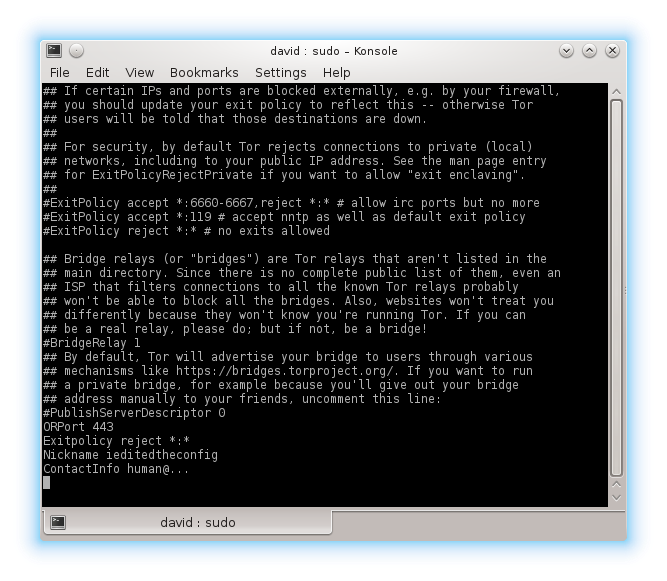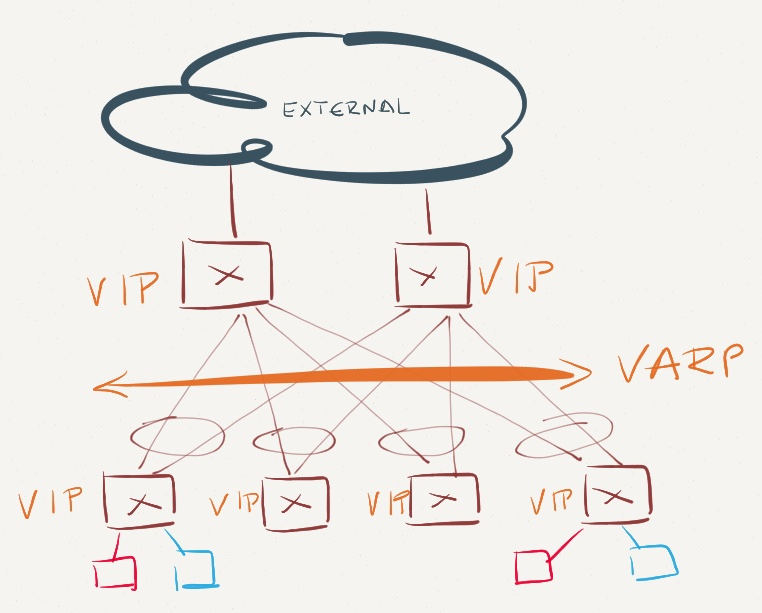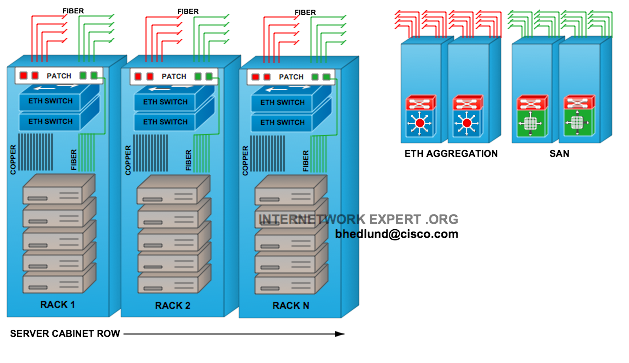
Obviously, bigger cables are used to connect each server to Chassis based EOR/ Aggregation Switches. In the EOR (End of Row) Network design, each server in individual racks are connected to a common EOR (End of Row) Aggregation Switch directly, without connecting to individual switches in each rack.


Generally, copper cables are used to connect within the rack and fiber cables are used to connect each TOR switch to the aggregation switch.Amount of cables required (and their lengths) are lesser as each server does not need to connect to the aggregation switch by itself using a long cable (as in EOR configurations).Cabling complexity is minimized as all the servers are connected to the switch in the same rack and only a few cables go outside the rack.In turn, these Network Switches can be connected to Aggregation Switches using one/few cables.Īdvantages/ Limitations of TOR – Top of Rack approach: The TOR – Top of Rack approach recommends Network Switches to be placed on every rack and all the computing devices present in the rack to be connected to them. Each rack contains multiple computing devices. In a Data Center, there are several racks of servers/ storage equipment.

Let us look at the advantages and disadvantages of both approaches, in this article. Two popular network designs used in such circumstances – TOR (Top of Rack) and EOR (End of Row). When there are a lot of servers to connect (like in a Data Center), networking needs to be flexible enough to support the compute power required for large installations.


 0 kommentar(er)
0 kommentar(er)
